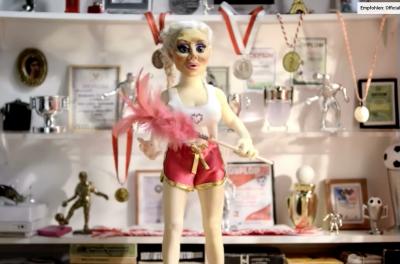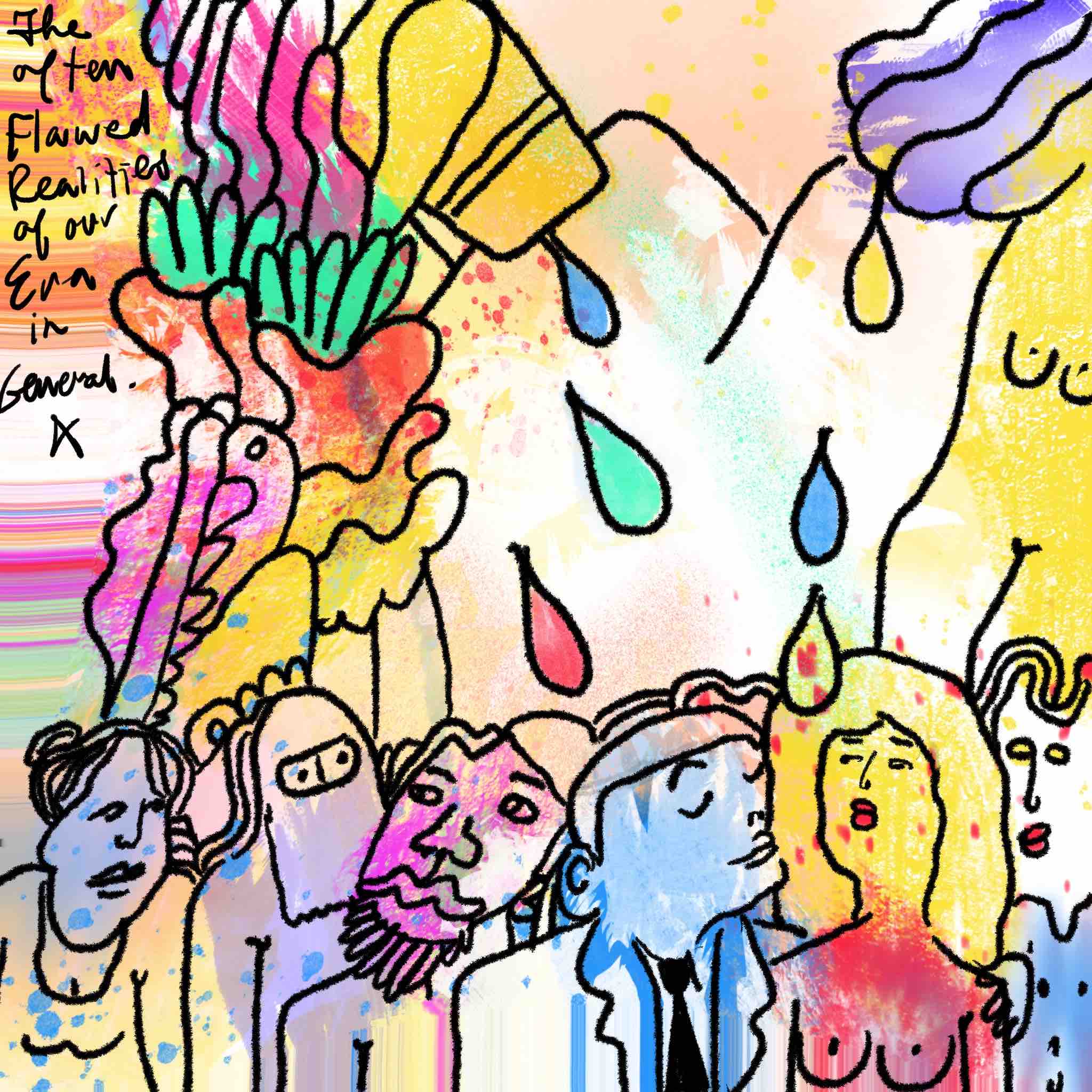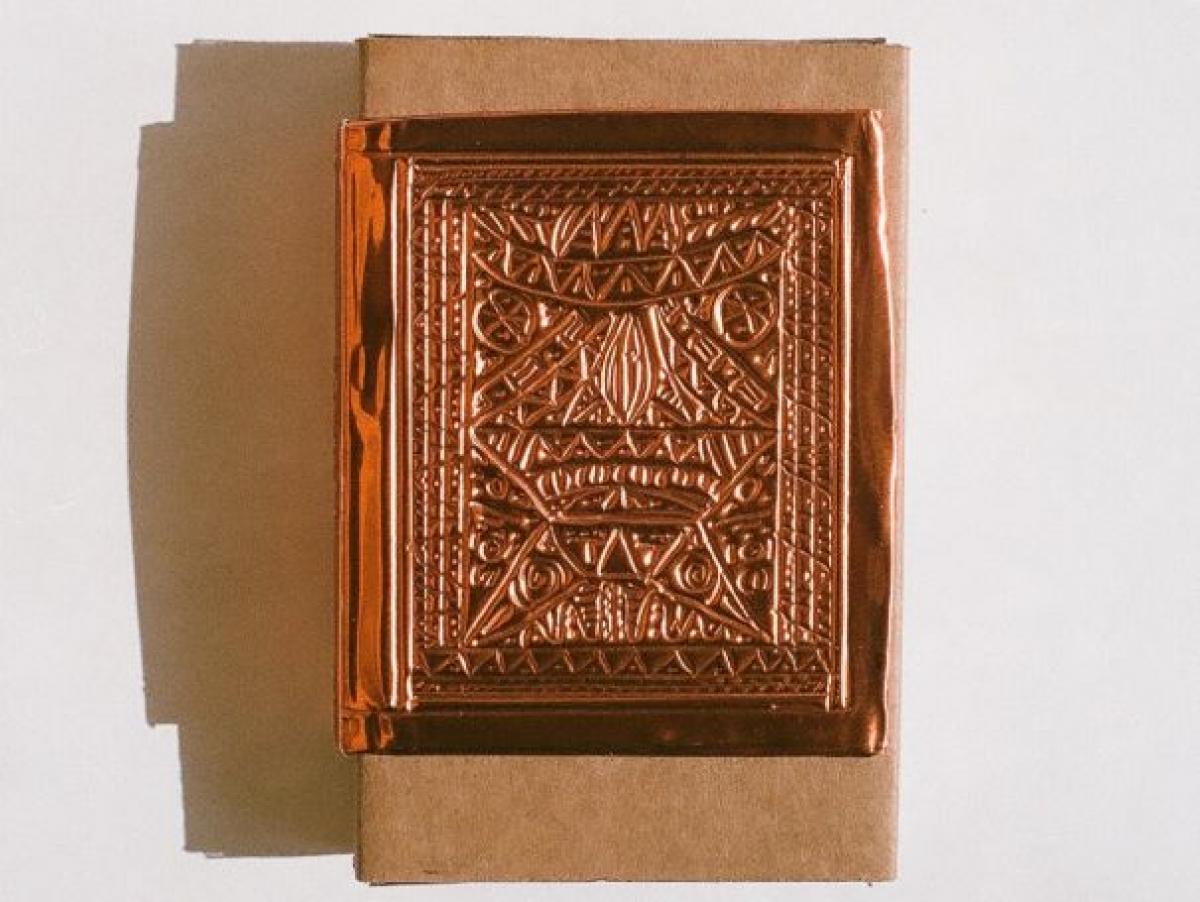Easterndaze: Irony, Kitsch, and Noise
Far from folkloristic clichés and beyond the radar of the taste-shaping music press, there are alternative music scenes thriving in Central and Eastern Europe: from electronic music and noise to the ironic deconstruction of traditional music, or to local genres such as manele or chalga, often belittled as kitsch. For years the music blog Easterndaze is our entrance into this other music of Eastern Europe. We asked the founder of Easterndaze, Lucia Udvardyova, to share with us the most urgent video clips from Eastern Europe for our Musikfilm Festival. What came out is an unsettling selection changing between politics, the negotiation of identity, and belonging.

Mister D & Maria Strzelecka – Zona Pilkarza
Poland, 2016
Mister D is the sonic alter ego of the «enfant terrible» of the Polish literary scene, Dorota Masłowska. As in her writing, Masłowska's music touches upon the often flawed realities of our era in general, and the Polish society in particular. In this video, created by the illustrator Maria Strzelecka, the lives of footballers' wives are explored without the glitz and the glamour of their public lifestyles.
Kyklos Galaktikos – I.N.R.I.
Czech Republic, 2012
Kyklos Galaktikos is an open platform established in 2007 encompassing anything from theater and dance performances to concerts and children's shows. In 2011, the Czech collective delved into the music scene with an eponymous band, whose debut Osa dobra (The Axis of Good) appeared in the same year. In this (literally) explosive video they set out to demolish our turbo-capitalist affinity for shopping malls and materialism, borrowing various blockbuster tropes along the way.
Benzokai – Identities Too Abstract
Estonia, 2015
Benzokai is the nom-de-plume of Estonian artist and musician Artyom Astrov. His work explores the notions of emptiness and its implicit potential for change. In this video, taken from his self-titled album which was released in 2015 on Czech label Baba Vanga, we follow a journey across non-descript landscapes somewhere between Vilnius and Vienna.
Samčo, brat dážďoviek – The opinions of Slovak experts on tragical deaths of refugees
Slovakia, 2015
Not many musicians dare to touch politics nowadays, especially here in Central Europe. Samčo, brat dážďoviek is an exception: media-jamming like a sonic Yes Man, photoshopping posters of the far right, and autotuning hate speech. In this video, entitled «The opinions of Slovak experts on tragical deaths of refugees», he aggregated various xenophobic Facebook comments and added the profile photos of their authors. The twisted lo-fi animations of their faces, often taken from holiday or family photos which depict them as «normal» people, become a chilling metaphor of what's wrong with this world.
Schwarzprior – Železem rty
Czech Republic, 2014
Schwarzprior is a collective from Ostrava, a coal-mining center in the north-eastern Czech Republic. Like the industrial Sheffield, Ostrava's depressing environs proved fertile for various artistic endeavours, including mixing music and visual art. Schwarzprior is one of the bands which emerged from this scene – alongside the likes of I Love 69 Popgeju and Marius Konvoj – and this video is their raw paean to the city.
Biography
Published on April 03, 2017
Last updated on October 29, 2020
Topics
A form of attachement beyond categories like home or nation but to people, feelings, or sounds across the globe.
How does this ideology, but also its sheer physical expressions such as labor affect cultural production? From hip hop’s «bling» culture to critical evaluations of cultural funding.
What happens, when artists move from one to another country? For example, when an Arab artist replaces the big tractors in her the village with big jeeps of the West.
Place remains important. Either for traditional minorities such as the Chinese Lisu or hyper-connected techno producers.
Snap

